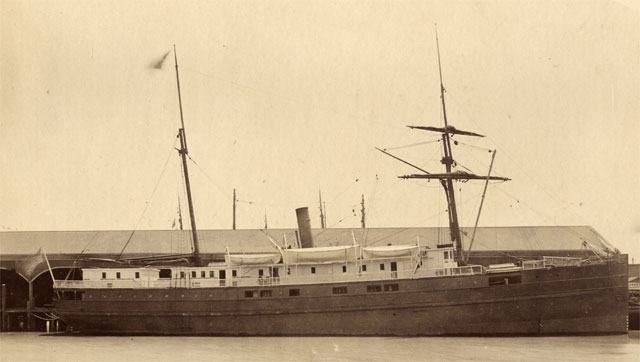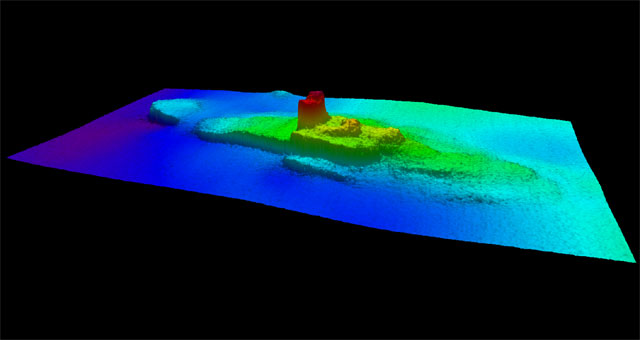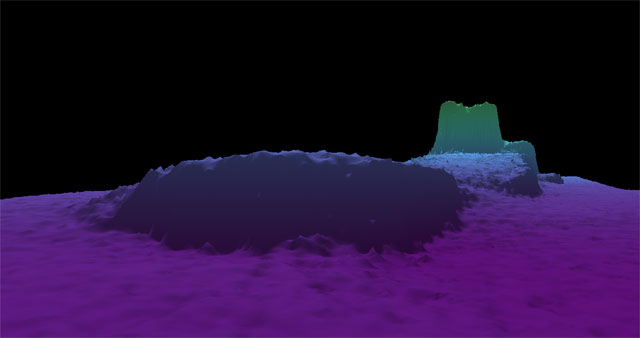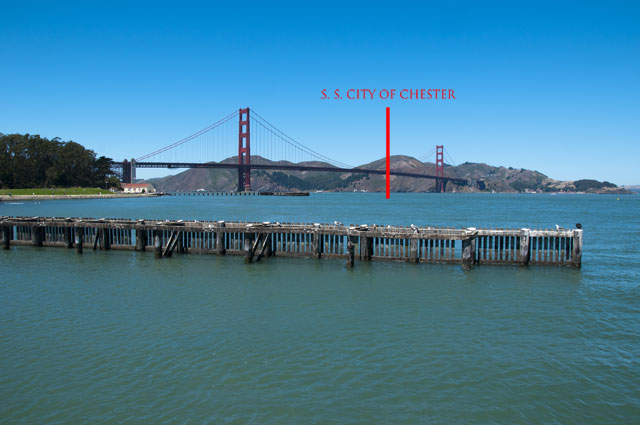
The SS City of Chester was a passenger ship. It carried people up and down the West Coast at a time before highways were built. On the morning of August 22, 1888, it was heading out of San Francisco Bay up to to Eureka when it was struck by another ship, the RMS Oceanic, which was coming into the bay from China.
“The lighthouse keeper recalled hearing timber crashing and the mournful cries in the distance,” said Robert Schwemmer of the National Oceanic and Atmospheric Administration. “And he knew that there had been a marine disaster, but he couldn’t see it because of the fog. And then it went silent.” Then, said Schwemmer, the Oceanic started constantly blasting its fog horn, calling for help.
Thirteen passengers and three crew members died when the City of Chester sank. Schwemmer said it was the second-worst accident in the San Francisco Bay, in terms of fatalities.

Now, scientists have re-discovered the ship. (A team of scientists thought it detected the ship soon after it sank, but that was 126 years ago and not much has happened with it since then.)
Researchers with the National Oceanic and Atmospheric Administration found it when doing research on a different shipwreck near the mouth of the bay. They used sonar to create images of the City of Chester, sending down hundreds of beams of sound and getting a picture of the shape of the ship based on how long it took the sound waves to return.

“It’s almost like mowing a lawn,” said Laura Pagano. “And as we are sending down the sound, we are essentially painting the sea floor as we cover the shipwreck.”
